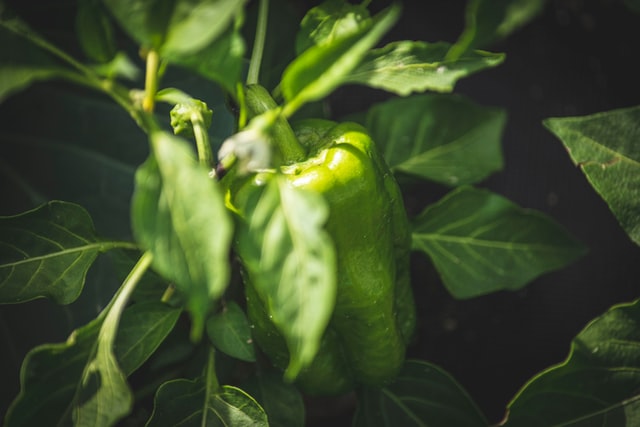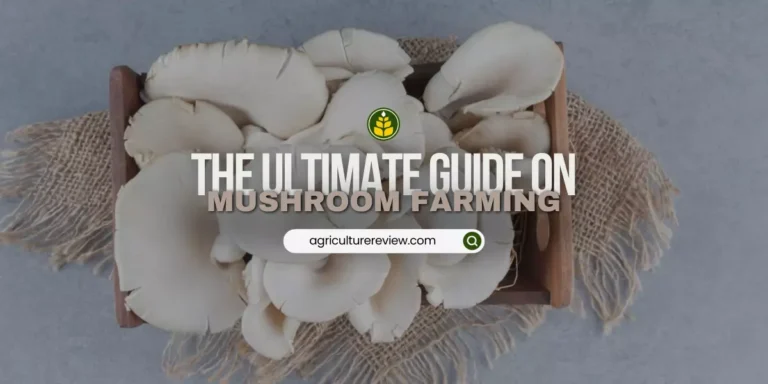DISEASE MANAGEMENT OF BELL PEPPER
Disease and Management
Phytophthora capsici is responsible for causing root rot disease in Bell Pepper. It can occur if you apply excess water to the plant. It occurs at the early growth stage of the plant.
Roots get damaged inside the soil and the plant dies eventually. The first plant becomes weak and leaves start falling then it dies.
These two diseases occur mostly in the early stages of Bell pepper plant growth. They both show nearly common symptoms.
Bacterial Leaf Blight, Anthracnose, and several Viral diseases are seed-borne which do not affect the plant in the early stages but when they get favorable condition then they affect plant growth and development.
Management
Avoid late sowing of Capsicum seeds. You can sow the seeds from Mid March to April, this is an ideal sowing period that prevents disease infestation.
We always suggest you to purchase certified Bell pepper seeds because they are seeds of highly disease-resistant plants which has been further treated to prevent any seed-borne disease.
Do not cultivate capsicum in the soil which is previously used for the cultivation of potato, tomato and brinjal.
If you haven’t purchased certified treated seeds then treat the seeds with Captan 50 WP @ 2 gram per Kilogram before sowing.
If you see any symptoms of Damping-off then apply Captan 0.2% solution as a spot application.
3. Wilt Disease
After transplantation of Bell pepper plants, this disease can cause headache for gardeners and agriculturists. They are mostly caused due to fungal attack. Causal organism is Fusarium oxysporum.
In this disease leaves of the plant get highly affected and then the plant dies. While transplanting, take care that the roots of plants do not get damaged.
Damaged or injured roots become more prone to this disease as it is caused by soil-borne pathogens.
Management
Avoid selecting weak seedlings for transplantation, select healthy bell pepper seedlings.
Prevent excess to low moisture in the soil and take care of the drainage. Drainage should be well maintained.
If you see symptoms of this disease like falling leaves from the plants a few days after transplantation then apply 0.3% blitox solution around the affected plant in the soil.
4. Alternaria Blight
If you observe concentric rings on leaves of your capsicum plant then it is the symptom of Alternaria Blight disease. It is a fungal disease caused by Alternaria solani.
It increases with time and spreads if not treated.
5. Die Back
This disease generally occurs during the flowering stage of the Bell pepper plant and causes flower drop. It is caused by Colletotrichum capsici a fungus.
Dark brown to black band area is observed near to the base of the plant.
Management
To prevent Alternaria Blight and Dieback disease use certified Bell pepper seeds. Prevent conditions around the plant that can harbor fungus.
To prevent Alternaria you can apply Chlorothalonil 72 WP (Kavach) as a foliar spray soon as you see flowering in the plants.
To prevent or control dieback disease in capsicum plant spray Ziram 0.25%. If you want to increase the yield too then apply copper oxychloride 0.25%.
6. Sunscald
The appearance of white patches in the Bell pepper fruit in hot weather is the symptom of this disease. This, later on, turn into a leathery soft mass of black color which is powdery in appearance.
This is caused due to excessive heat and high-intensity sunlight on plants. Fungus growth happens in fruits.
7. Bacterial Leaf Spot
Dark lesions on leaves are seen because of this disease. High temperature and humidity harbors the bacteria. Later on if not controlled then these lesions start appearing on the capsicum fruits which damages fruit value.
8. Blossom End Rot
This disease is caused due to deficiency of calcium in the plant. Capsicum Fruit starts decaying from the blossom end and becomes non-marketable.
Management
You can spray Calcium nitrate @ 3gram per liter twice. The second application should be applied after 15 days from the first application.
Manage proper drainage in the pot or field to prevent this disease.
Conclusion
I hope you understood all the points discussed in my article on “Disease Management Of Bell Pepper.” You can comment below or can contact me for any queries.
If you are facing any of these diseases then try the points given in my article and tell me your results.






